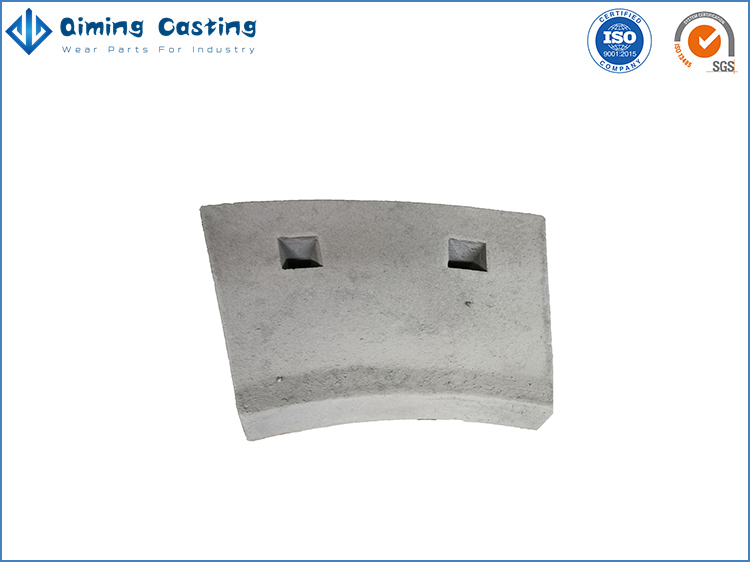Mill Liners By Qiming Machinery®
Mill liners are an essential component of grinding mills that serve a dual purpose. Firstly, they protect the cylinder body from the direct impact and grinding of the grinding body and materials. Secondly, they help adjust the movement state of the grinding body in each warehouse, which in turn affects the grinding efficiency and product quality.
Choosing the right type and design of mill lining is crucial for optimizing mill throughput and minimizing total grinding costs. The optimization process should consider various factors such as energy consumption, grinding media wear, maintenance costs, and safety. Therefore, choosing a customized wear part that fits the specific application is a must.
At Qiming Casting, we work closely with our customers to identify their unique needs and processes. Our focus is on designing and supplying mill linings that are optimized for the current operating conditions. We offer a wide range of materials and designs tailored to fit each specific application, including competitor mills, and all parts of the mill.
Our lining design approach focuses on grinding performance, mill uptime, and safety. We carefully consider factors such as liner profile, thickness, and material selection to ensure optimal grinding performance, while minimizing downtime and maintenance costs. Additionally, we prioritize safety by considering factors such as installation and handling procedures, which can help reduce the risk of accidents and injuries.
At Qiming Casting, we are committed to providing our customers with high-quality mill linings that are optimized for their unique needs. Our wide product range, innovations, knowledge, and experience make us a trusted partner in the industry.

 Download Brochure
Download Brochure Product List
Product List




